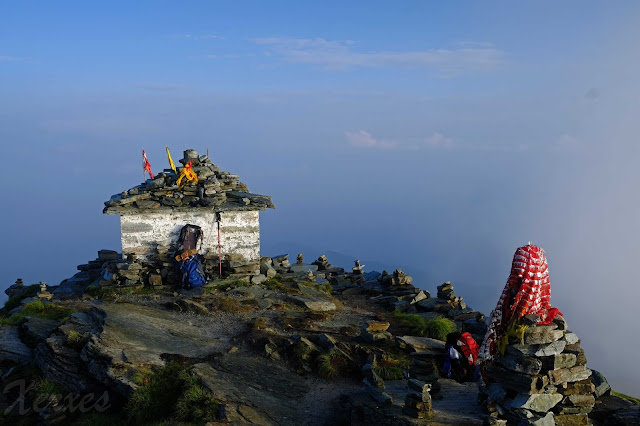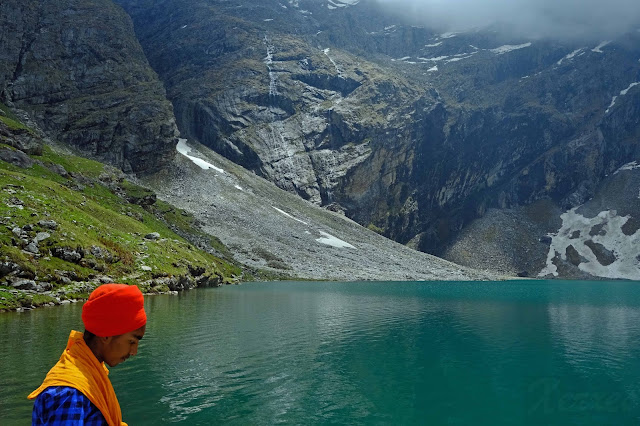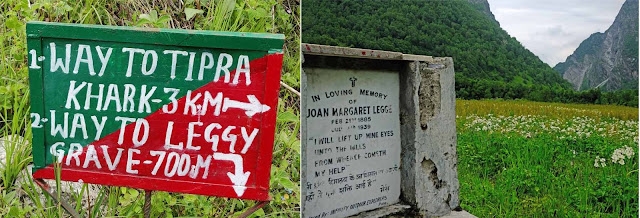
|
|
This graffiti on a rock atop Chandrashila says it all. As I found, it is not about the sunrise, it is about simply being there. Truly a communion with the Gods. |
Tuesday 10 July 2018
Tungnath and Chandrashila - Communion with the Gods
Wednesday 4 July 2018
Hemkund Sahib Revisited
 |
| The Journey begins at Govindghat which is a 9-10 hour bus ride from Rishikesh. There are many ways to do it, by taxi (expensive), shared taxi, small bus; and one can break the journey or do it at one go. I spent the night at Srinagar and so had a shorter journey to Govindghat the next day., here I spent the night so that I could start my walk early next morning. I have been to this region before and both times have combined a pilgrimage to Hemkund Sahib with hikes to the Valley of Flowers. My blog to the Valley of Flowers this year is placed here. For a blog of my previous hikes please see Valley of Flowers and Hemkund -a Trek to Paradise ; the photographs I took are at Valley of Flowers , and at The Flora Around Hemkund. |
Sunday 1 July 2018
Who Says There are No Flowers in the Valley of Flowers?
 |
| A sign at the Entrance to the Valley of Flowers (VoF) says it all The passionate forest guard at the gate told me that he had been scolded by a senior officer that the VoF had no flowers, and that he, the forest guard, should put up a sign warning everyone so. The experience I had was entirely different, I saw a myriad flowers blooming and a tranquil Valley. And I thought to myself that: they are really blind those who will not see. These flowers were very different to to those I had seen on my earlier trip in August 2015, view my photographs of the earlier trip at the link here and my blog of that trip over here |
Labels:
blue poppy,
Blue Whistling Thrush,
flowers,
forest,
ghangariya,
griffon,
Hemkund,
Joan Margaret Legge,
mountains,
pika,
Pushpawati River,
Tipra Khark,
valley of Flowers,
variegated laughing thrush
Subscribe to:
Posts (Atom)




































